Nationality American Name Stephen Kosslyn | Role Psychologist | |
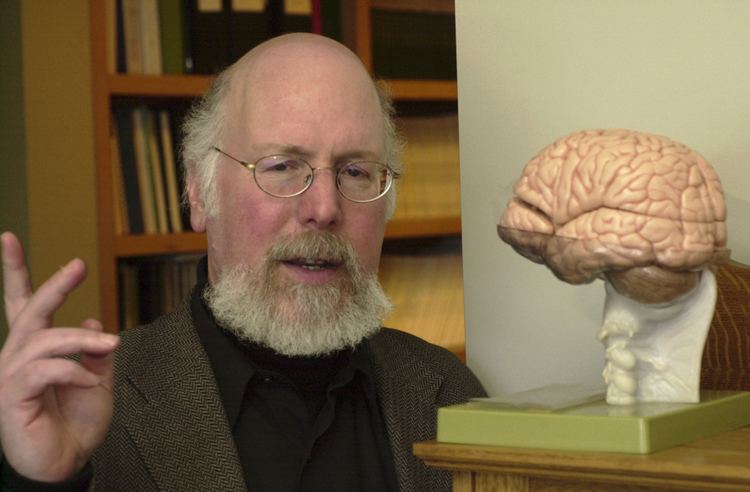 | ||
Notable awards NAS Award for Initiatives in Research, Guggenheim fellowship, Cattell Award, Prix Jean-Louis Signoret Education Stanford University (1974), University of California, Los Angeles Awards Guggenheim Fellowship for Natural Sciences, US & Canada Books Introducing Psychology: Brain - Per, Top Brain - Bottom Brain: Sur, Image and Mind, Clear and to the Point, Image and Brain Similar People John Robert Anderson, Larry Squire, Yves Christen, Ronald J Comer | ||
Education Innovation: Unconventional Teaching - Stephen Kosslyn, Minerva Schools
Stephen Michael Kosslyn (born 1948) is an American psychologist, neuroscientist, Founding Dean and Chief Academic Officer of the Minerva Schools at KGI (the Keck Graduate Institute), author and educator who specializes in the fields of cognitive psychology and cognitive neuroscience. He was formerly the John Lindsley Professor of Psychology in Memory of William James and Dean of Social Science at Harvard University.
Contents
- Education Innovation Unconventional Teaching Stephen Kosslyn Minerva Schools
- Stephen kosslyn rethinking powerpoint
- Biography
- Mental imagery
- Visual display design
- Individual differences
- Publications
- References
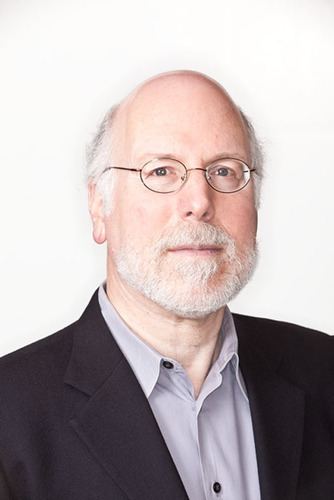
Stephen kosslyn rethinking powerpoint
Biography
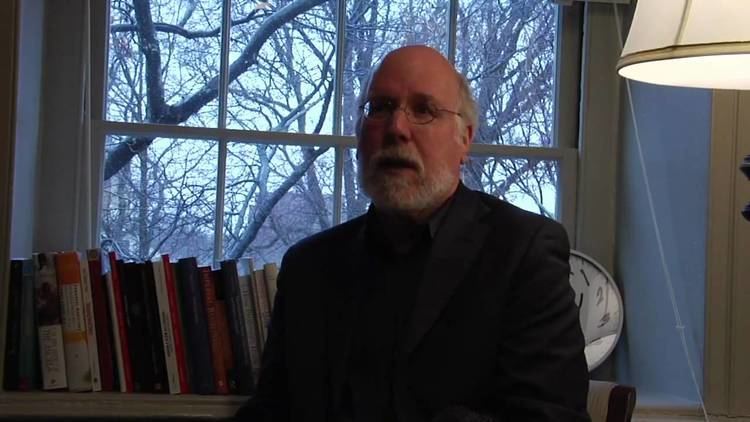
Kosslyn was born in Southern California, and grew up in the Pacific Palisades. As an undergraduate at UCLA he worked in the labs of Barbara Henker, who studied children with autism, and John P. Seward with whom he had his first publication, a study of learning in rats. Kosslyn also spent considerable time talking to Edward Sadalla, who helped him learn how to structure an argument and identify when a creative idea was worth considering. He received a B.A. in psychology from UCLA in 1970.
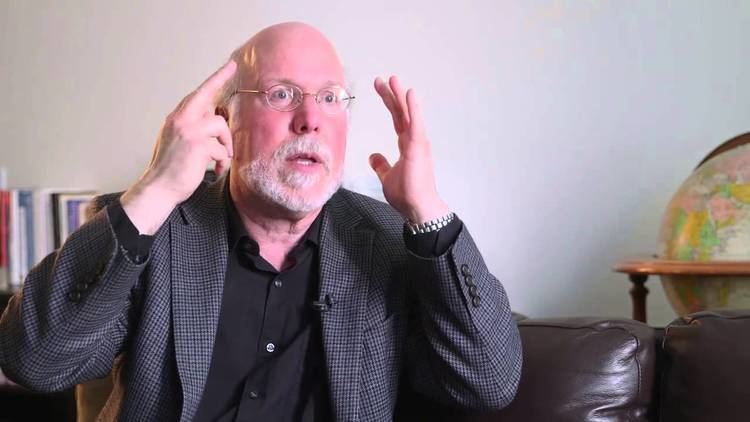
Kosslyn attended graduate school at Stanford University. Upon arriving, he discovered that his advisor was resigning so that he could work for the "ecology movement," leaving Kosslyn adrift. He took courses his first quarter and did not engage in research. In his second quarter, he met his future advisor, Gordon H. Bower, who would have a huge influence on all aspects of his life. In graduate school Kosslyn was also fortunate to share an office with Susan Haviland, who was soon to marry Edward E. Smith. Ed loved to "talk shop" and Kosslyn learned an immense amount from him. Kosslyn received a Ph.D. in psychology from Stanford in 1974.
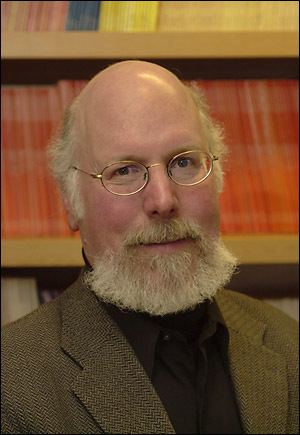
On leaving graduate school, Kosslyn first went to the Johns Hopkins University as an Assistant Professor, specializing in Developmental Psychology. There he met his future wife, with whom he went on to have three children. At the beginning of his third year at Hopkins, Kosslyn received offers from MIT and Harvard, both at the Associate Professor level. He went to Harvard in large part because of an impassioned letter he received from a first-year graduate student, Steven Pinker, who was seeking an advisor.
After four years at Harvard, Kosslyn obtained a Research Career Development Award and went to Brandeis University. One year later he went back to Hopkins as a visitor; while there he was granted tenure at Harvard. Kosslyn returned to Harvard in 1983, and after 10 years as "Head Tutor" (running the undergraduate program), became chair of the department, and then became Dean of Social Sciences.
Kosslyn remained at Harvard until 2011, at which point he returned to Stanford, as director of the Center for Advanced Study in the Behavioral Sciences. After two years, he had developed a strategic plan for how the Center could operate within its means. He then accepted an offer to be the Founding Dean of the Minerva Project, based in San Francisco. The Minerva Project in turn partnered with Keck Graduate Institute, a member of the Claremont University consortium, and Kosslyn is currently Chief Academic Officer at the Minerva Schools at KGI.
Kosslyn has received numerous honors for his research. These include the National Academy of Sciences Initiatives in Research Award, the Prix Jean-Louis Signoret, three honorary doctorates (from the University of Caen, France; the University of Paris-Descartes, France; the University of Bern, Switzerland), a Guggenheim fellowship, and a Cattell Award. He was elected to the American Academy of Arts and Sciences, the Society of Experimental Psychologists, and Academia Rodinensis pro Remediatione (Switzerland).
Kosslyn's hobbies include electric bass guitar, the French language, and advising members of behaviorally focused startups.
Mental imagery
Kosslyn is known primarily for his research and theories on mental imagery. His theory contends that, contrary to a commonly held assumption, imagery is not a single, unified phenomenon; rather, it consists of a collection of distinct functions, each of which is responsible for a different aspect of imagery. For example, he decomposes imagery into four sets of processes, responsible for generating the image (i.e., activating information stored in long-term memory and constructing a representation in short-term memory), inspecting the object in the image (e.g., by reinterpreting it), maintaining the image over time, and—if so desired—transforming the image (e.g., by rotating it, adding or deleting parts, or changing the color).
His research, which includes fMRI-imaging and similar techniques, has located some of these functions in different neural networks, some of which are in different cerebral hemispheres of the brain. For example, his laboratory demonstrated that the left half of the brain is better than the right at encoding categories and generating mental images on the basis of categories; whereas the right half of the brain is better than the left at encoding specific examples or continuous distances, and at generating images with such characteristics.
Visual display design
Kosslyn also works on visual display design, showing how psychological principles can be used to produce displays that can be read at a glance. Most recently, he has extended this work to show how psychological principles of perception, memory, and comprehension can be used to make and deliver effective PowerPoint presentations.
Individual differences
Kosslyn has also studied how people differ in their preferred types of information processing. Some of this work is based on neuroimaging, showing that the degree of activation in distinct parts of the brain predicts how well a person can perform particular tasks. Other work on this topic is based entirely on behavior. In this latter category, he and the late J. Richard Hackman used brain-based behavioral measures of individual differences to compose effective teams.
In his 2013 book, Top Brain, Bottom Brain: Surprising Insights into How You Think, Kosslyn developed another approach to analyzing individual differences in cognition. He and his co-author, G. Wayne Miller, examined a newly conceived understanding of brain function, through top-brain and bottom-brain systems. According to Kosslyn: The top-brain system uses contextual and emotional information to plan, while the bottom-brain system thinks through the consequences of actions by using sensory information and memories from the brain. Kosslyn used this concept to define four cognitive modes, one of which represents a default mode for every individual:
Publications
Kosslyn has published over 300 scientific papers and written or co-authored 15 books and edited or co-edited 13 books, including:
